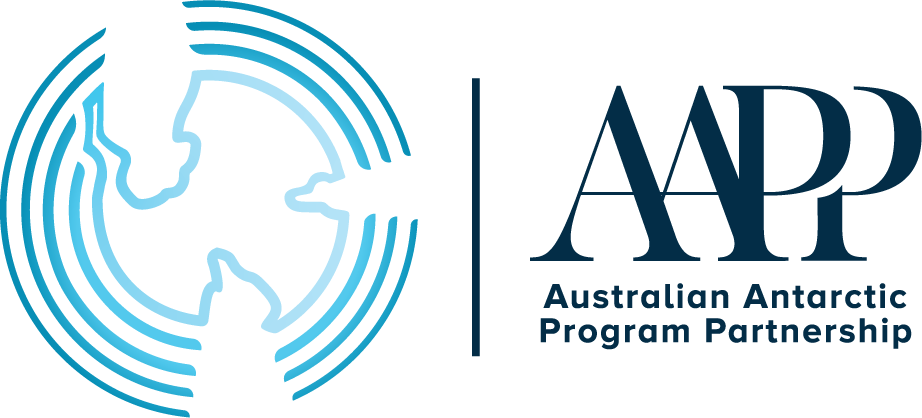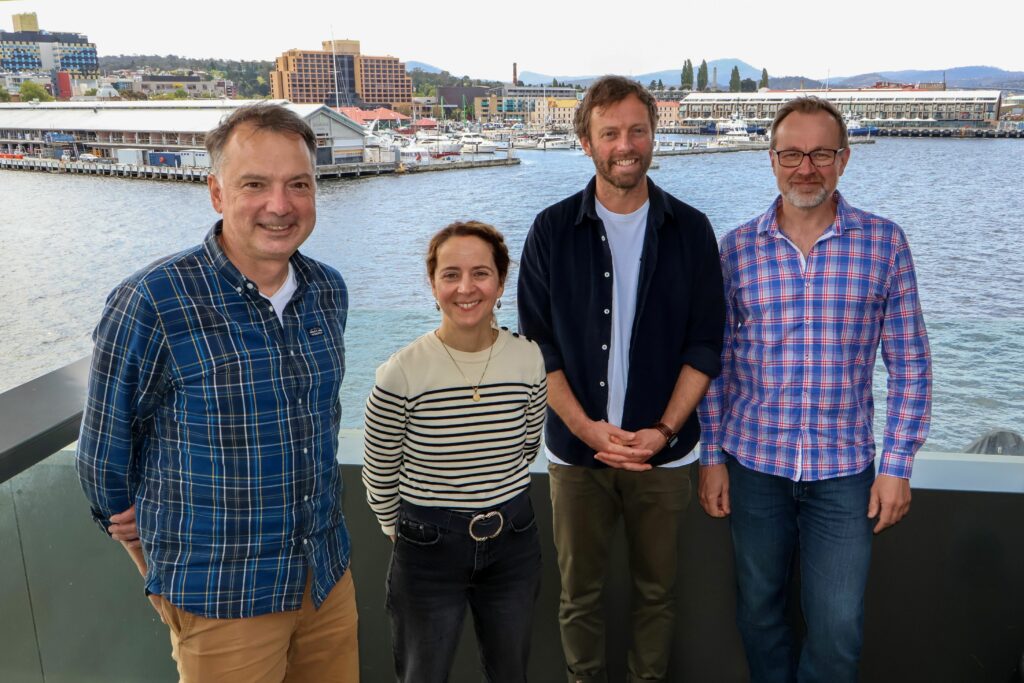Looking up: Tracing the secrets of Southern Ocean clouds
4 April 2025
Clouds are seeded by small airborne particles called aerosols. But clouds over the pristine Southern Ocean are different from elsewhere in the world. Here they are seeded not by aerosols like dust or pollutants from land, but by aerosols from the ocean itself, such as sea spray and gases emitted by some types of phytoplankton. These unique properties affect climate on a global scale, like how much solar radiation gets to the Southern Ocean.
However, the connections between marine biology and cloud microphysics are very complex, poorly understood and rarely observed. This reduces the skill of climate model projections not just in Antarctica but for the entire planet.
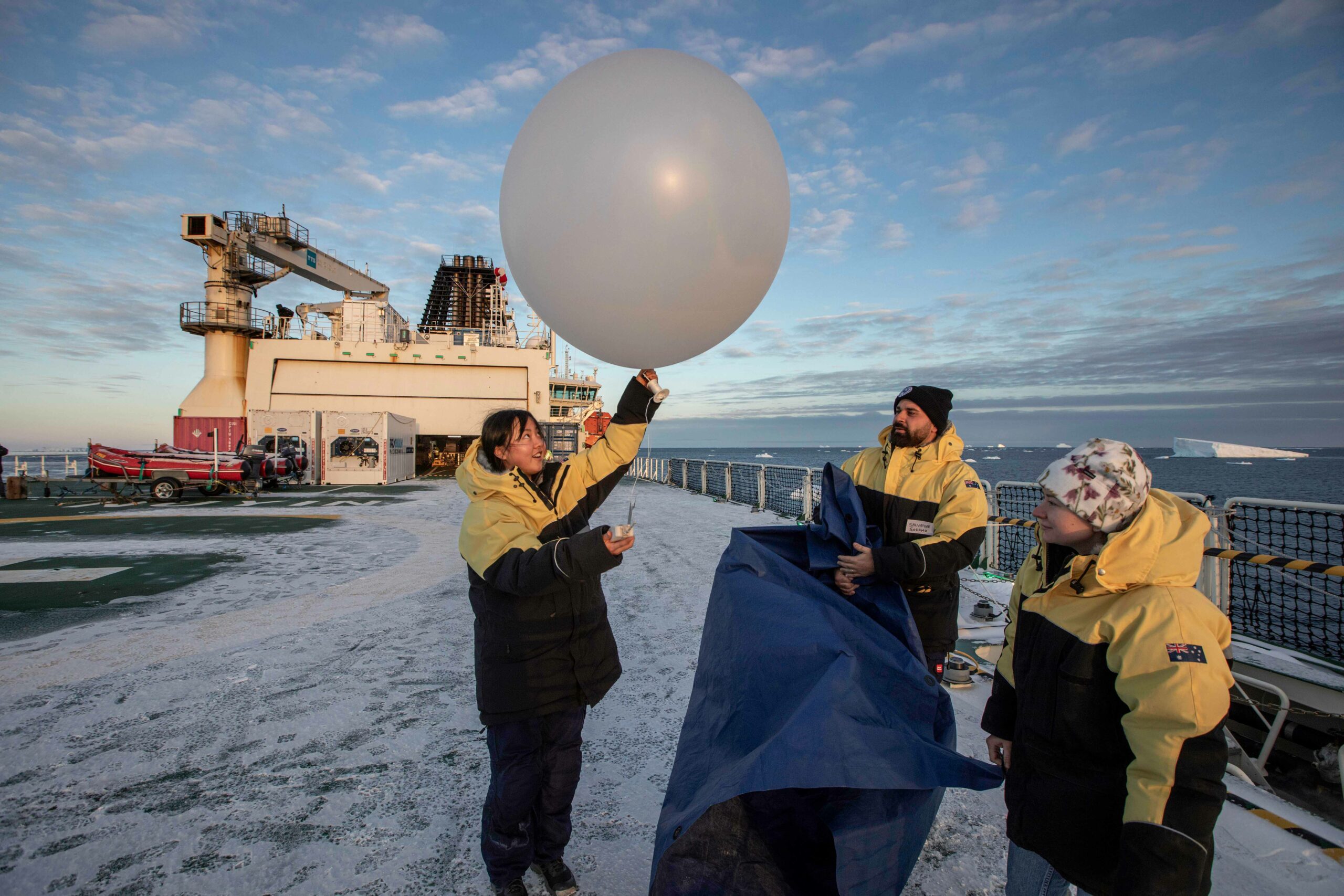
Led by Simon Alexander (Australian Antarctic Division) in Hobart and Alain Protat (Bureau of Meteorology) in Melbourne, the AAPP’s atmospheric research team on the Denman Marine Voyage are Salvatore Sodano (University of Tasmania), Jakob Pernov (Queensland University of Technology), Chelsea Bekemeier (Colorado State University), Kelsey Barber (University of Utah), and Thomas Paynter (Australian Antarctic Division). Their work gathering data aims to fill in the gaps of climate models to better represent the role and formation of clouds over the Southern Ocean and the aerosols that seed them.
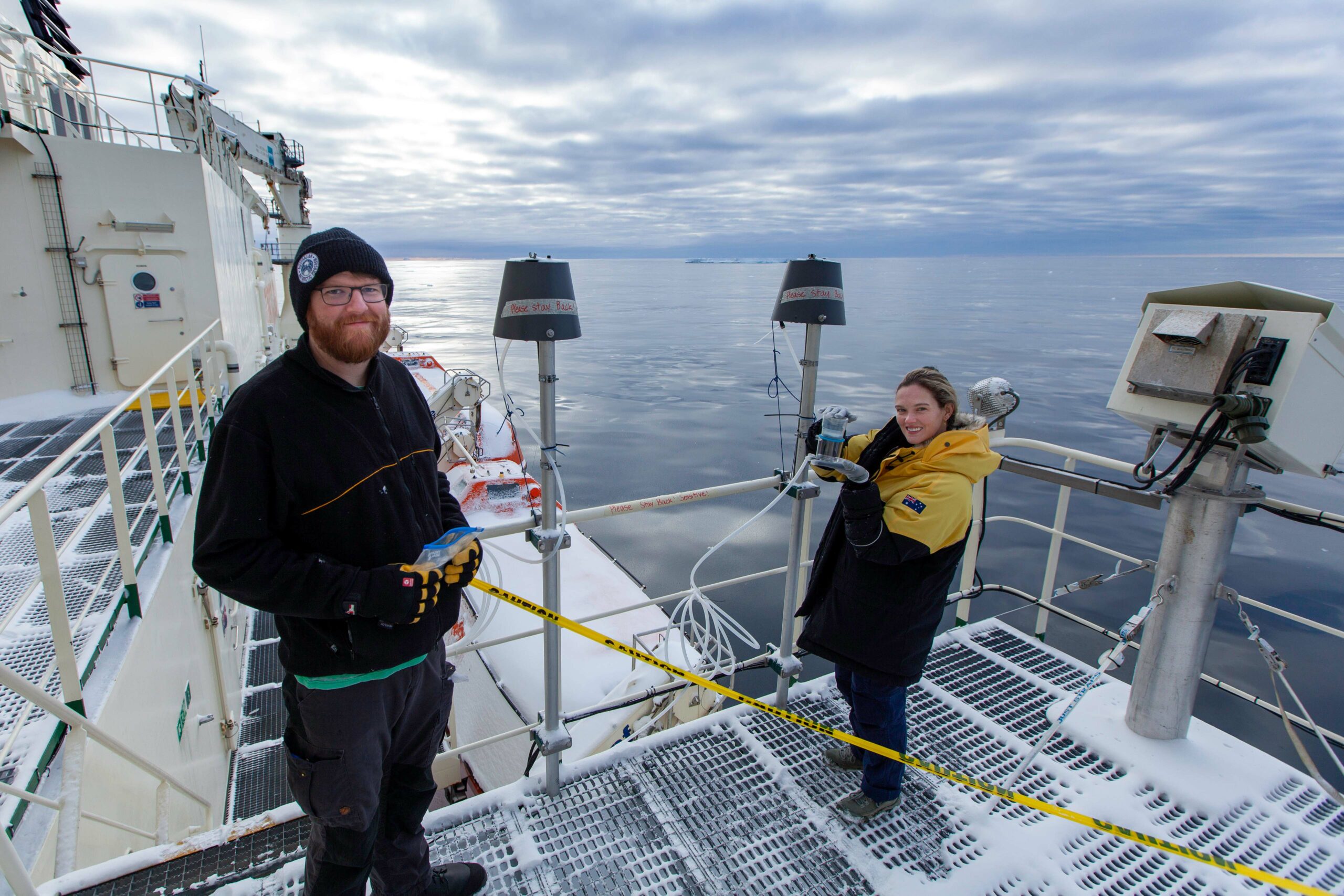
They have a range of sophisticated instruments on board taking continuous measurements, so far, for more than 33 days:
- Microwave radiometer (MWR) — measuring the amount of liquid in the atmosphere above the ship
- Micro rain radar (MRR) — measuring the properties of precipitation throughout the atmosphere, like reflectivity and Doppler velocity
- Micro-pulse LiDAR (MPL) — laser scanning clouds to measure their properties, like height, thickness, and phase
- Scanning mobility particle sizer (SMPS) — measures the size and number concentration of very small aerosol particles with diameters from 2.5 nm to 1000 nm
- Condensation particle counter (CPC) — detects and counts aerosol particles
- Cloud condensation nuclei counter (CCN) — sees how many aerosol particles seed a cloud
The lidar and the radar operate continuously from the upper deck of RSV Nuyina to obtain cloud and precipitation information. More than 66 INP filters have been collected from instruments mounted on the deck (INPs are ‘ice nucleating particles’ that act as seeds for ice crystal formation in clouds). The chemistry lab in the bow ‘tastes’ aerosols to measure their properties. And twice a day, volunteers help to launch radiosonde weather balloons, tracing a profile of atmospheric and cloud conditions above the ship. So far, 86 have been launched.
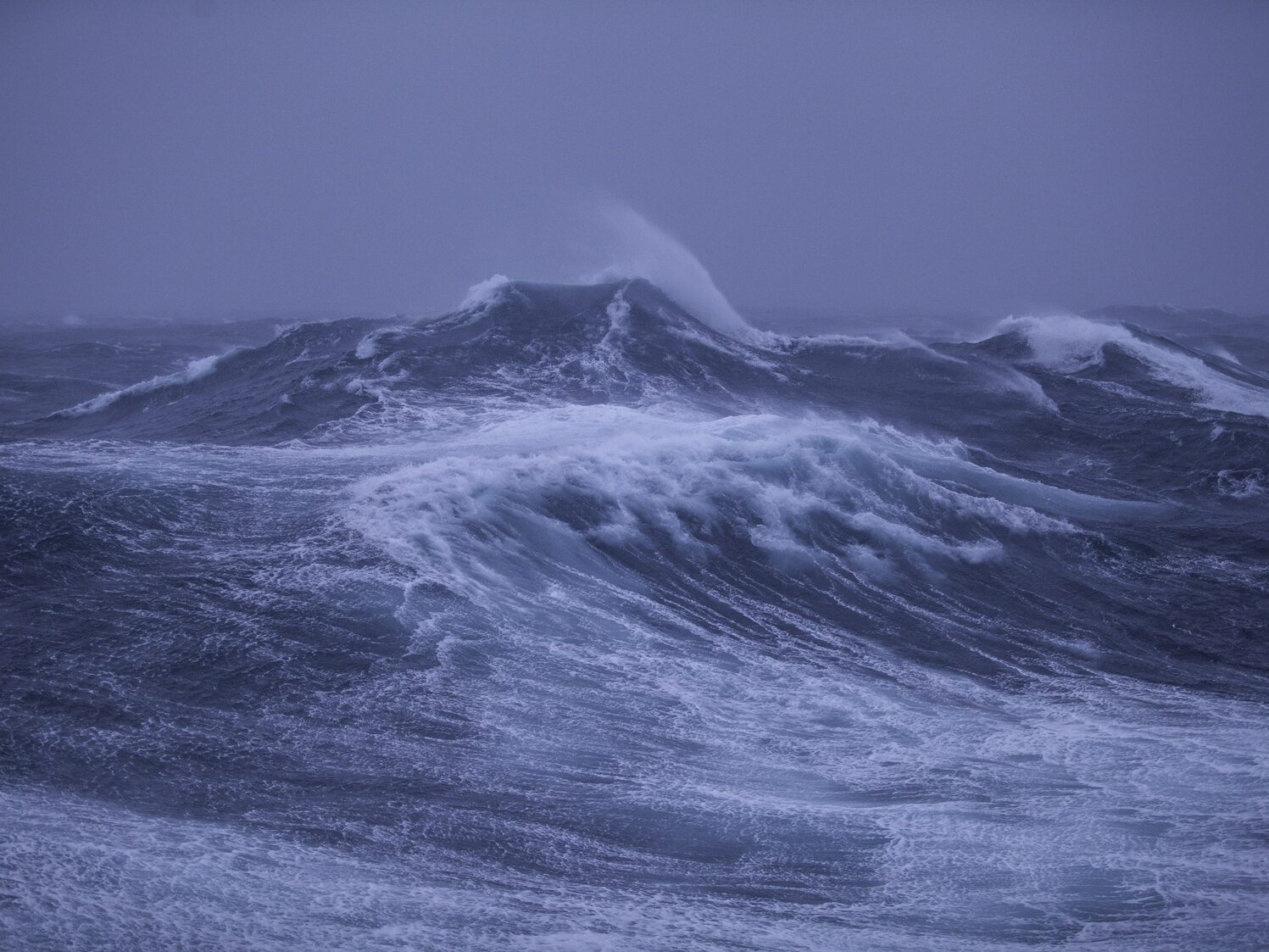
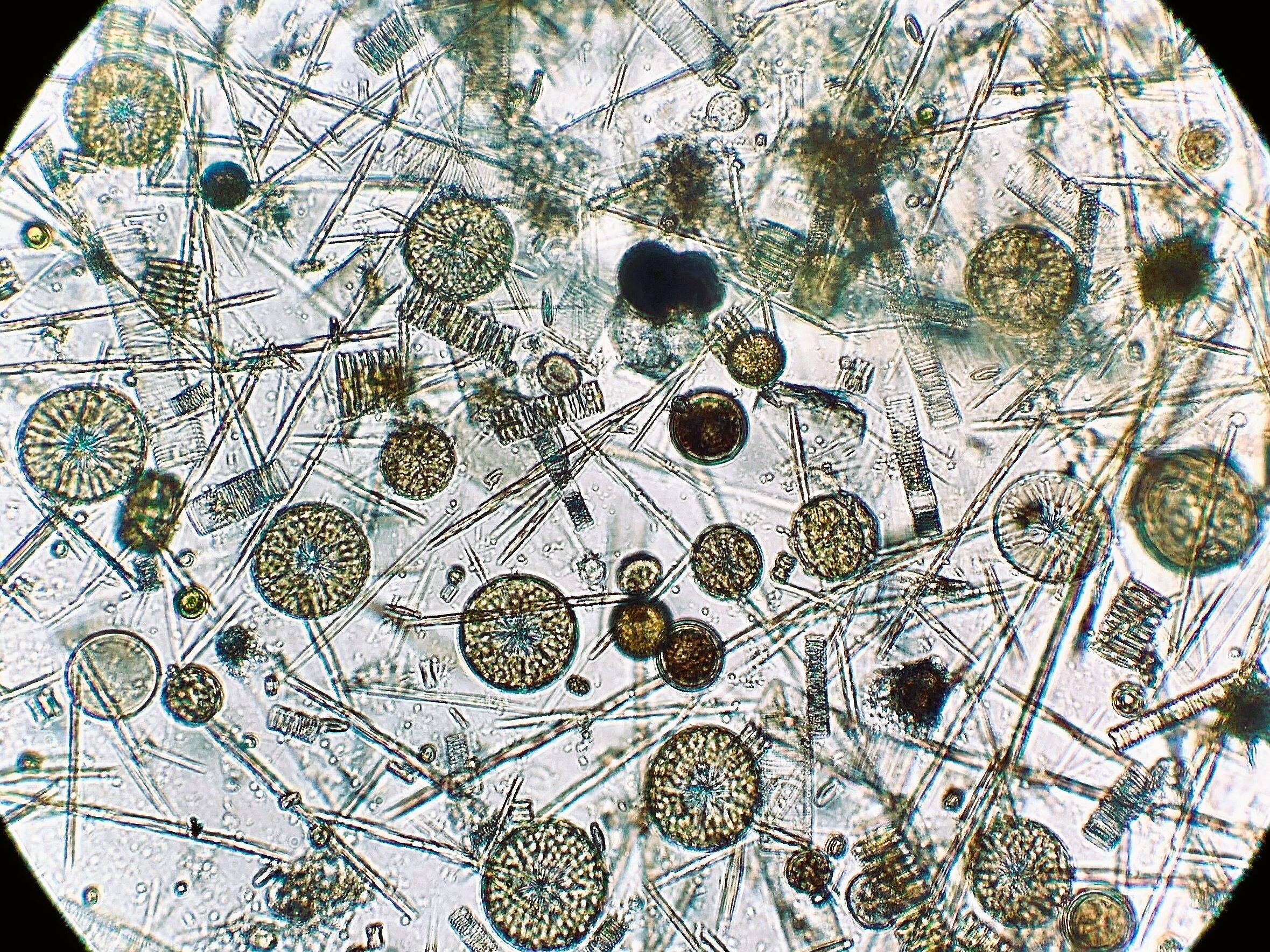
The Denman Marine Voyage is a collaboration between the Australian Antarctic Division (AAD), Securing Antarctica’s Environmental Future (SAEF), the Australian Centre for Excellence in Antarctic Science (ACEAS) and the Australian Antarctic Program Partnership (AAPP).
FOLLOW OUR VOYAGE BLOG HERE
